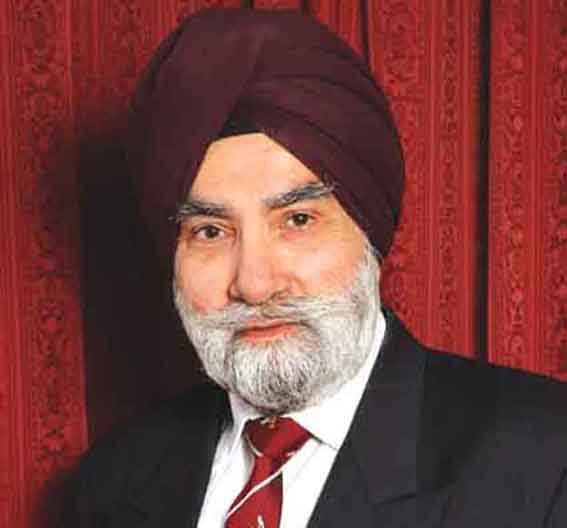Sikhs Getting Increasing Global Recognition

Sikhs been getting increasing global attention in recent times
Why have Sikhs been getting increasing global attention in recent times? The short answer is that, paradoxically, the strong reaction by the BJP-led Indian Government targeting certain types of Sikh political activism abroad, has resulted in stepped coverage of Sikh issues in Western mainstream media. There is now a general desire to understand the background to Sikh discontent with successive Indian governments, especially after the Indian Army attack in June 1984 on Darbar Sahib complex and other gurdwaras in Panjab.
We need to be clear at the outset that Sikhs have always drawn a distinction between any Indian government in power and the Indian people. Historically, Sikhs have always insisted on making governments accountable to the people.
In recent times, much hyped news coverage of Sikh activism abroad seems to be led by the Indian media toeing the government line. Yet, impartial observers would suggest that Sikh activism even regarding the vexed topic of Sikh self-determination is no more intensive today than in the years following June 1984 The mass killing of Sikhs in November 1984, followed by extra-judicial killing of Sikhs in Panjab over the next decade, fuelled, mostly lawful, Sikh protests abroad.
Increasing Sikh political presence, especially in Canada and, more recently in the UK, is perhaps the other main reason for keener interest in who the Sikhs are, their history and the root causes of unrest in Panjab and why Sikh lawful activism abroad is allegedly being targeted by the Indian authorities.
Next generation Sikhs are capable of articulating Sikh issues in government corridors of power much more fluently and effectively than earlier, less educated, generations. We find that many young Sikh scholars are better informed about Sikhi ideology, institutions, history, tradition and heritage than the earlier generations too busy with earning their livelihood in the face of open racial prejudice, especially against visible Sikh identity.
Over the decades, Sikhs living abroad have reacted by protesting when denied their distinct identity. So, lawful protests have become a legitimate democratic tool to raise awareness of Sikh grievances. It has been an uphill struggle and a slow process to incrementally get Sikh identity recognized and egalitarian Sikhi ideology and institutions appreciated in the West. While legal battles for keeping visible articles of faith including the dastar (ref: Turban Victory and later the House of Lords Mandla Case 1983) united the Sikhs, such successful struggle for recognition of own theo-cultural identity also made diversity more acceptable in these countries. Meanwhile parallel struggles for recognition and rights have been going on by the black people in the USA.
Sikhs have faced many challenges and fought endless legal battles to win their place in the Western society. We expected better treatment in the UK due to nearly 200 years of Anglo-Sikh relations and leading role of the Sikhs in the two World Wars. Sadly, that has not been the case. Yet, today, globally, Sikhs represent an outstanding success story of integration with the way of life of the countries they live in while retaining own religio-ethnic (qaumi) identity.
So, returning to the topic this week, we believe that overreaction to lawful Sikh activism abroad by the Indian administration, even if politically troublesome, could have been more tactful. Sikh issues have drawn increasing global attention as a result. Otherwise, the Komagata Maru incident of 1914 in Canada reminds us that there is nothing new about Sikh-led movements which started from abroad. Historically, India owes much to such Sikh activism over the centuries.
Gurmukh Singh OBE
Principal Civil Servant retd (UK)